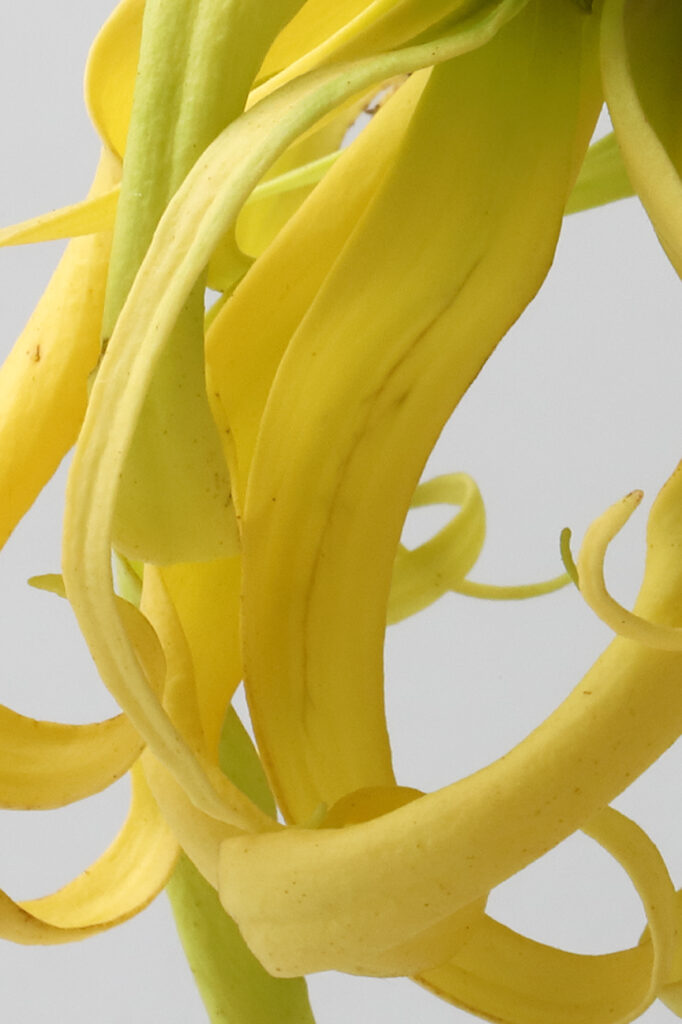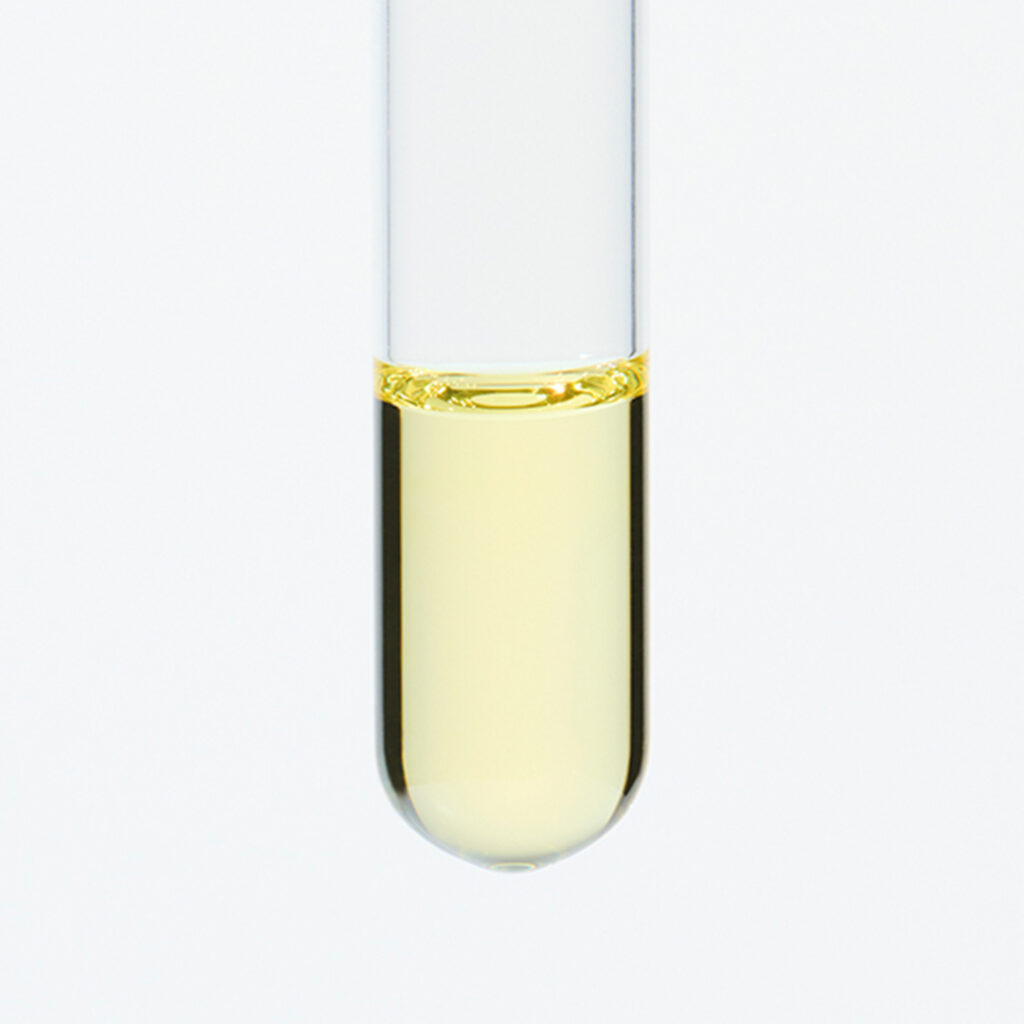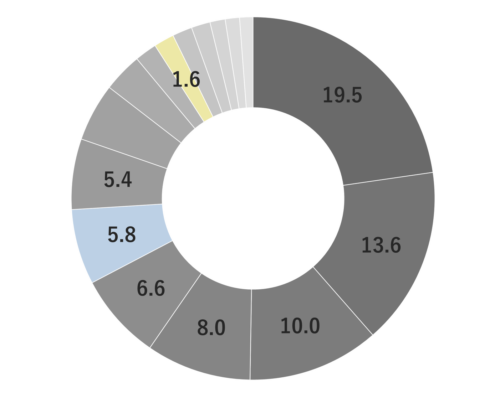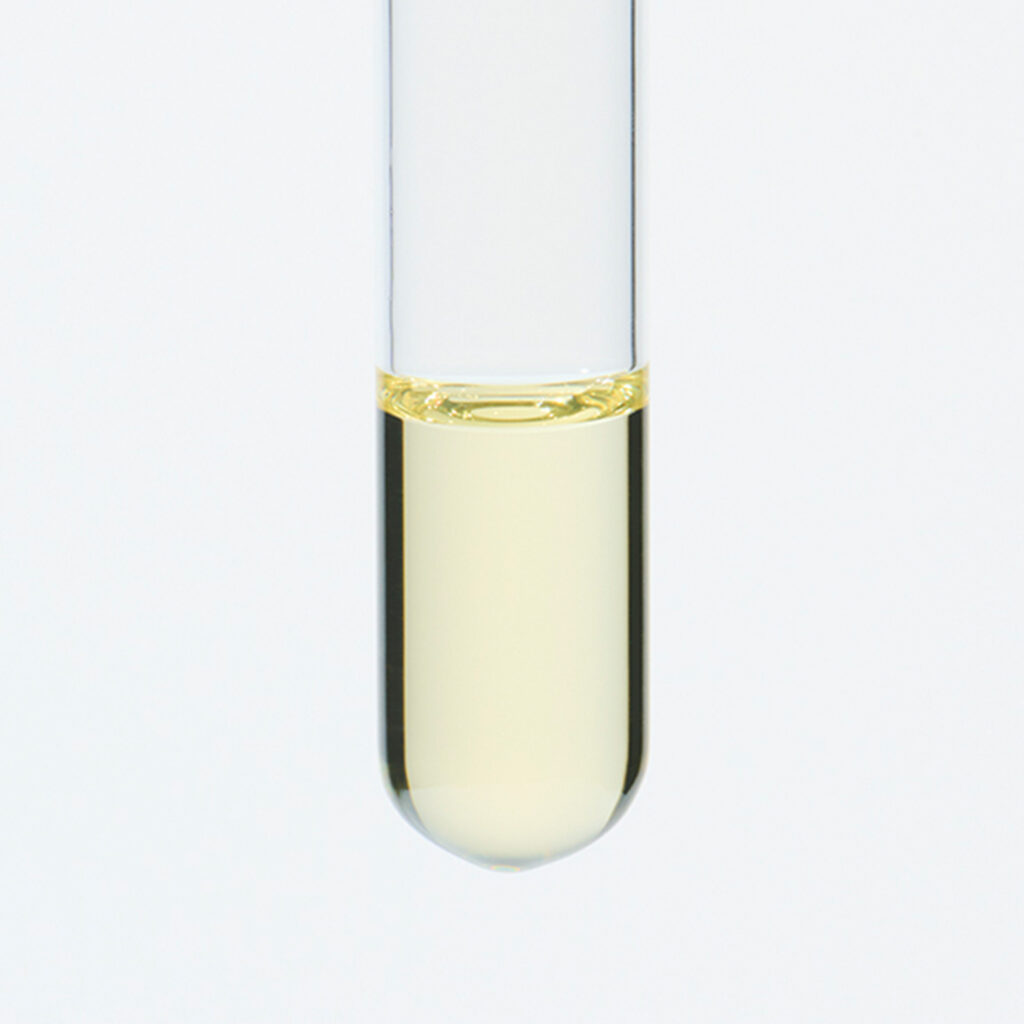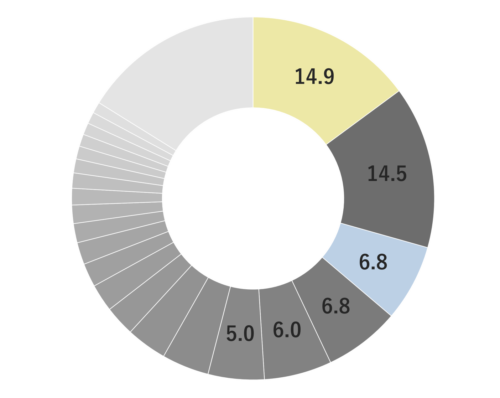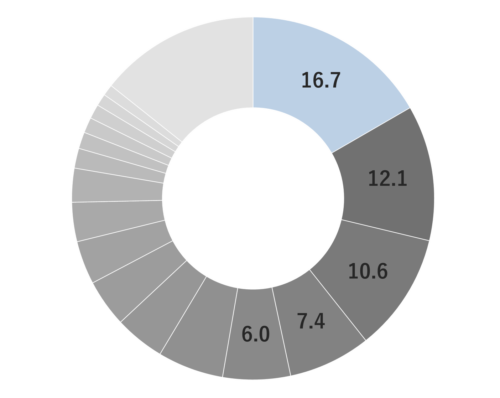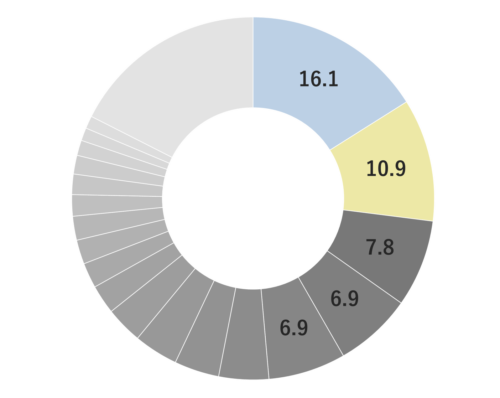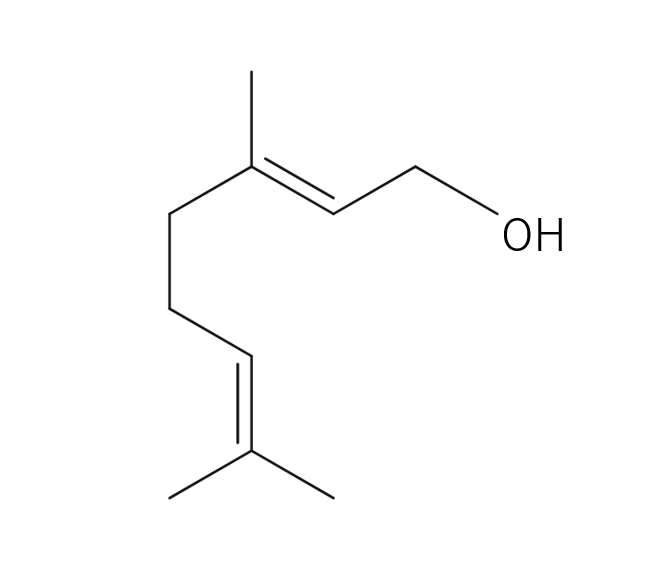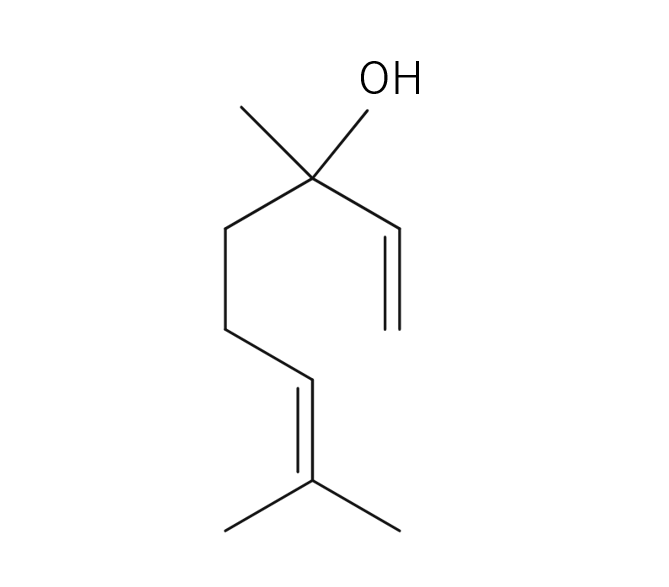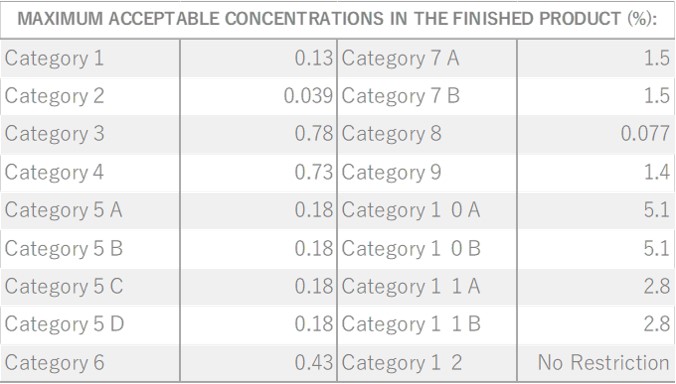Steam-distilled from 100 kg of fresh Ylang-Ylang flowers over approximately 20 hours, this essential oil is classified into four grades based on the distillation process. Ylang-Ylang Third is categorized as the last grade in the distillation process, following second extraction. It exhibits a colorless, clear to light yellowish appearance, with most oils in this grade having a slightly lighter yellow color compared to Extra. The primary components are Germacrene D and β-caryophyllene, with sesquiterpene hydrocarbons comprising the majority. Ylang-Ylang Third is used as an ingredient in fragrance blends and is favored when the strong Ylang-Ylang scent is not essential. It falls under the category of Middle notes and is particularly effective in alleviating symptoms of anxiety, nervousness, and panic. It is also beneficial for regulating excess sebum and promoting hair health, making it suitable for daily use.
Ylang-Ylang Extra Third boasts an indulgent, sweet, floral, and exotic aroma, reminiscent of tropical landscapes. It carries a balanced green scent, slightly reducing the intense opulence found in higher grades of Ylang-Ylang. This grade has a slightly less intense and rich Ylang-Ylang character, making it suitable for those who do not like its distinct fragrance. It is best used to enjoy its distinctive scent and its overall fragrance is enhanced when blended. It is primarily used for aromatic purposes in products like soaps and sundries.
